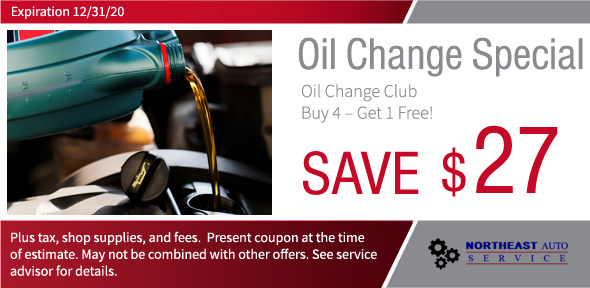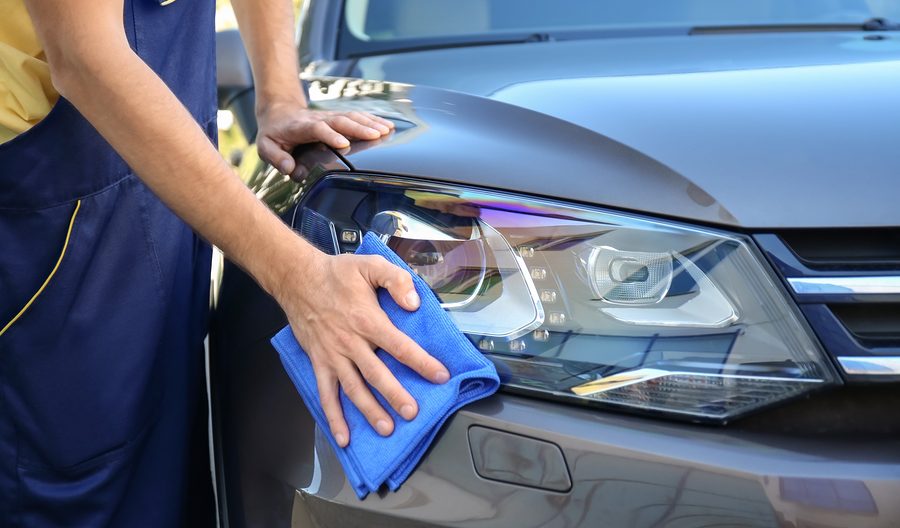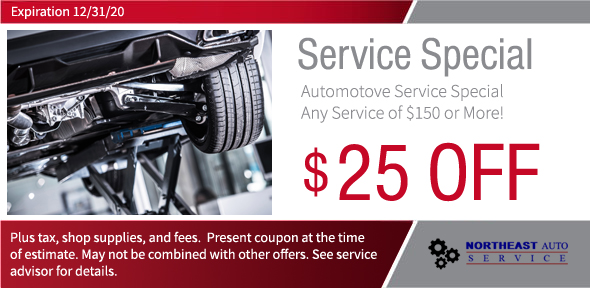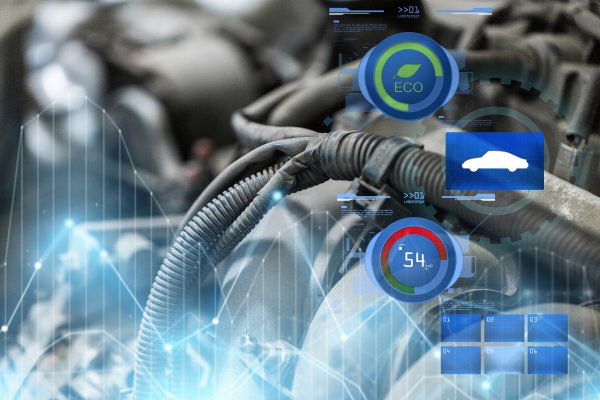Do you want to know the secret to making your vehicle last a really long time? It’s proper auto maintenance and care, and it’s not really a secret at all. In order to get your vehicle to last you for years, and run in good condition, you must be serious about routine auto maintenance and proper auto care. Not only can you increase your vehicle’s lifespan, you can protect yourself from costly breakdowns and huge repair bills.
Continue reading to review some frequently asked questions about auto care, and perhaps learn a little more about what it takes to protect and preserve your vehicle.
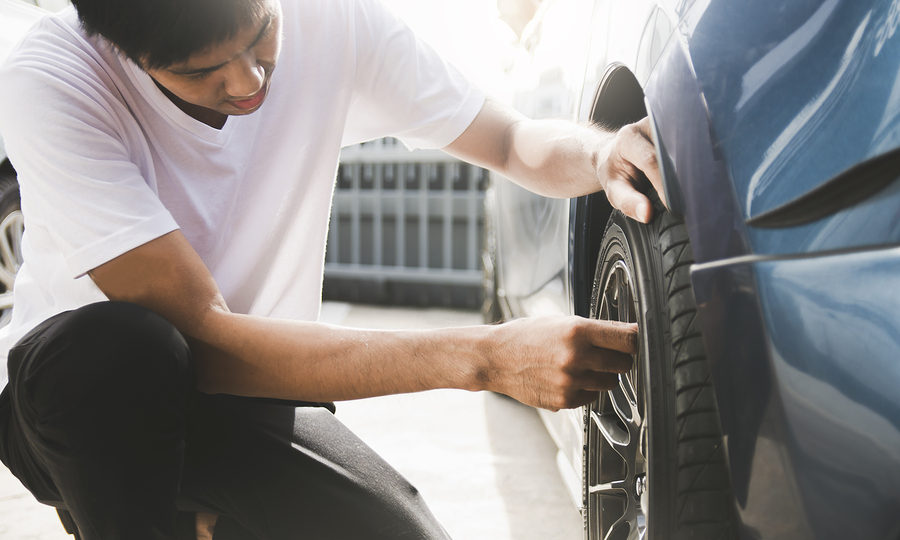
When Do I Change the Oil in My Car?
Several factors will influence the length of intervals between oil changes and other factory scheduled maintenance. These factors can include the region you live in, the type of car you drive, the type of fuel it uses, your driving habits, its total number of miles, its overall condition, and more. It is best to consult your owners’ manual or a licensed mechanic for specific recommendations. However, the standard “rule of thumb” is to change your oil every 3,000 or every 6 months, whichever comes first.
What Fluids Do I Put in My Car?
There are seven vital fluids that every vehicle requires for safe and optimal performance. These include windshield wiper fluid, coolant, motor oil, transmission fluid, brake fluid, battery fluid, and power steering fluid. They all require periodic flushes and refills, and most need to be done by a trained mechanic. You should be able to add your own coolant and windshield wiper fluid, hassle-free.
How Do I Check Car Tire Inflation?
In vehicles equipped with TPMS, a light will illuminate on the dashboard to indicate unsafe tire pressure detection. This light will remain on until the air pressure imbalance is resolved. Those without a modern tire pressure monitoring system in their vehicle are left to use manual tire gauges to measure tire pressure. You can choose between a digital gauge or a “pop-out” style gauge. In order to use a tire pressure gauge properly, be sure to begin on a “cold” car that has not been driven in the past few hours. Then just refer to the manufacturer instructions for a step-by-step guide on how to use your tire pressure gauge.
How Do I Check Tire Tread on My Car?
Use the penny test to measure your car’s tire tread. What is commonly referred to as the “penny test” in the automotive service industry, is a simple and effective method of assessing a tire’s tread. And you really only need a penny to do it. Once you have your penny in hand, insert it into the groove of your tire. If you can see Lincoln’s head, it means the tread is low and it is time to replace your vehicle’s tires. It’s that easy!
Which Side is My Gas Tank On?
If you want to prevent the onset panic of pulling up to a gas pump and being unsure of which side your fuel tank is on, simply look at the gas pump icon on your dashboard. Near the fuel gauge or icon, you will see a small arrow, usually without a handle, like these “.” Whichever side the point is facing is the side your fuel tank door is on.
Where is My Car’s Maintenance Schedule?
the first place to look for your vehicle service maintenance schedule is the owner’s manual. Generally, this comes with the paperwork when you purchase your car. In most of the time it’s located in the glove compartment, but it can also be located in the trunk, under a seat, or in a pouch behind a seat. If you didn’t purchase a car brand-new, the manual is usually in the glove compartment. If it’s not there, and it’s not anywhere else, download a generic vehicular maintenance schedule online or visit a bookstore or library’s automotive section. You may also be able to visit your local auto repair shop and get free information regarding your vehicles service maintenance schedule.
Do I Need to Use a Certified Car Mechanic?
You never want to use an unlicensed or unofficial car mechanic when you need work on your car. Additionally, you do not want to blindly choose a mechanic either. The best decision you can make to ensure accuracy, effectiveness, and warranty-standards is to take your car to a skilled, ASE-certified automotive mechanic. See our blog, “Why is it Important to Use an ASE Certified Car Mechanic?” to learn more about the importance of finding skilled car repair work.
Where Can I Get Trusted Indianapolis Auto Repair Service?
Call Northeast Auto Service at 317-475-1846 for professional Indianapolis auto repair and service you can trust. We have been helping Hoosiers repair and maintenance their vehicles for over 20 years, while offering affordable prices and reliable work. You can schedule a free inspection and estimate, anytime! We can even assist with tows! Don’t forget to mention one of our auto repair coupons or discounts to get the best deal in town.
